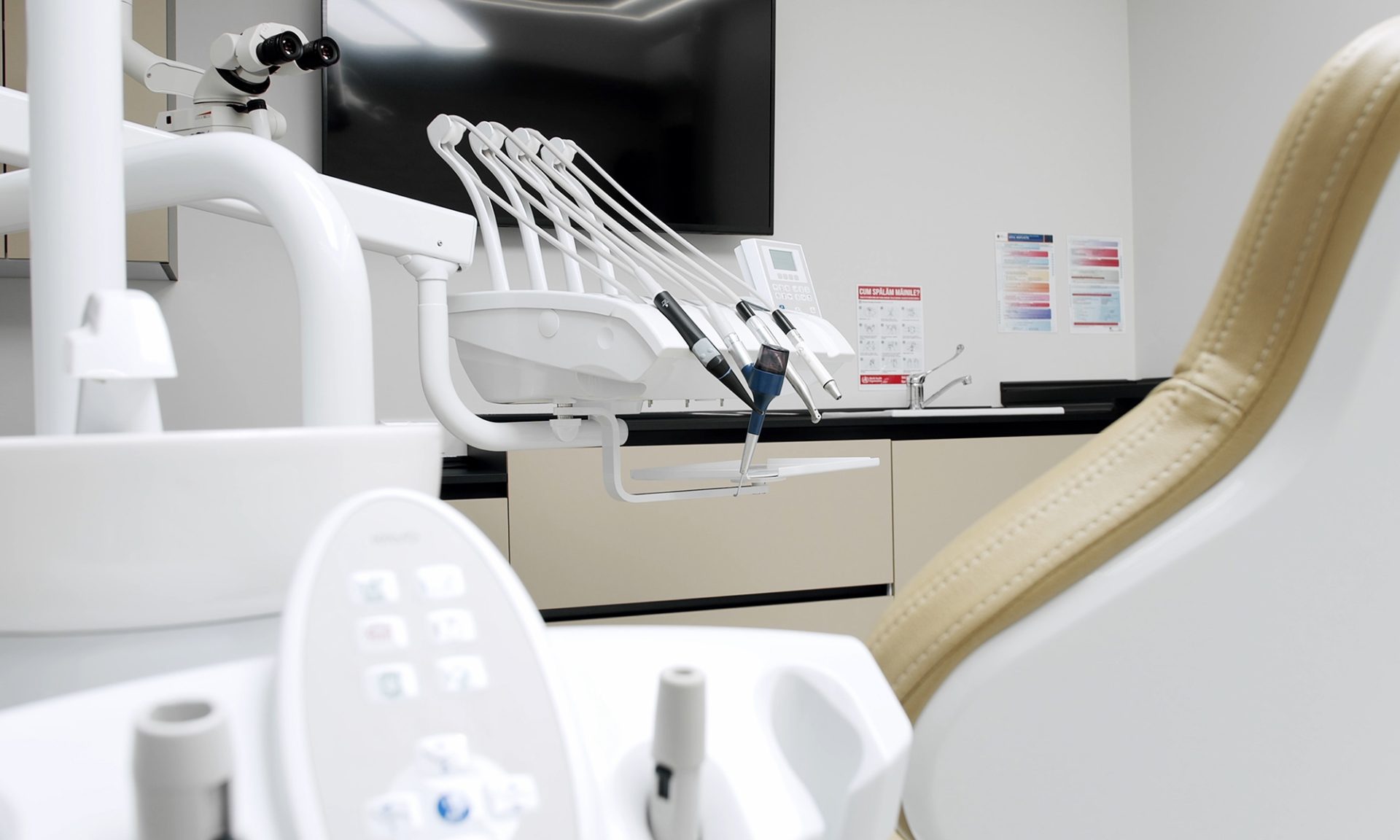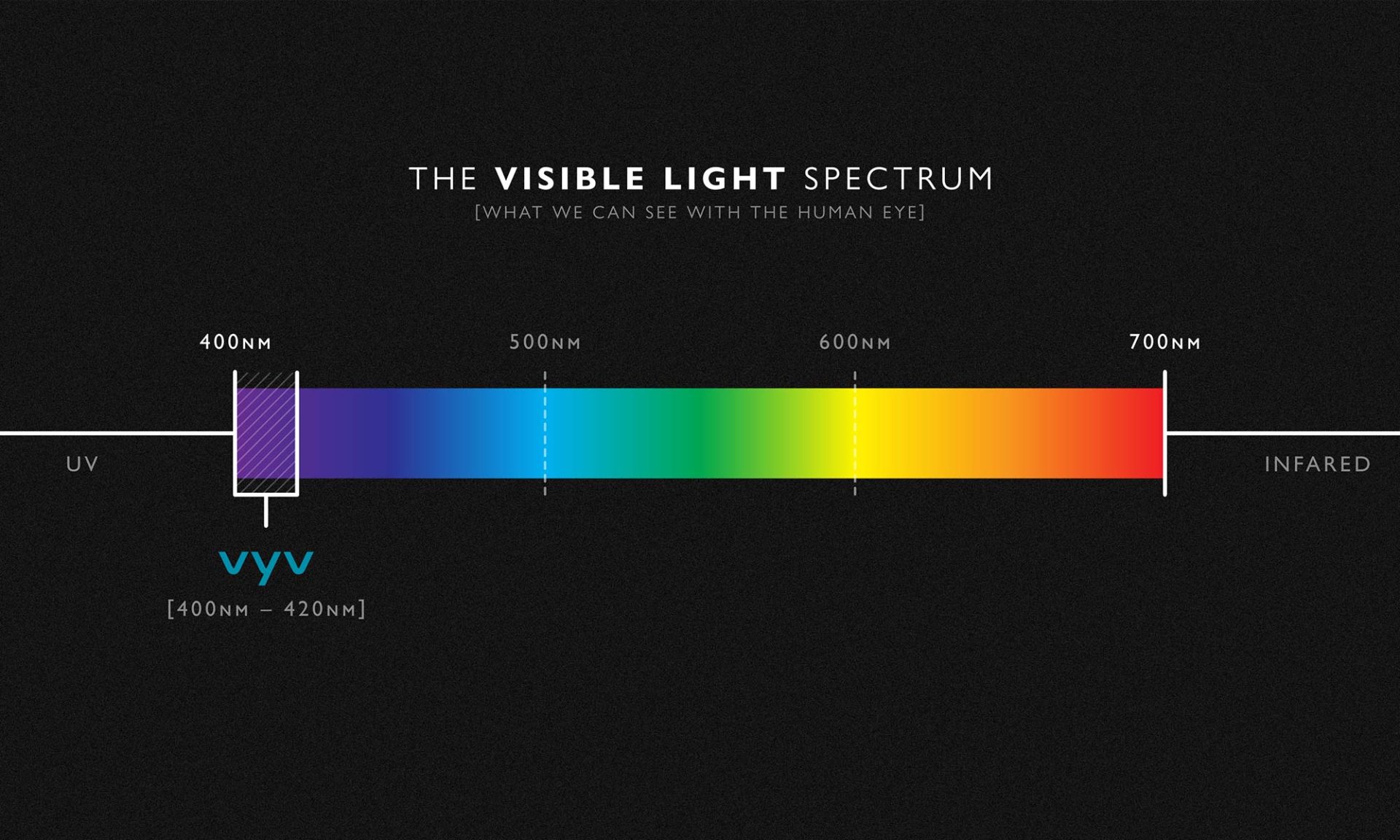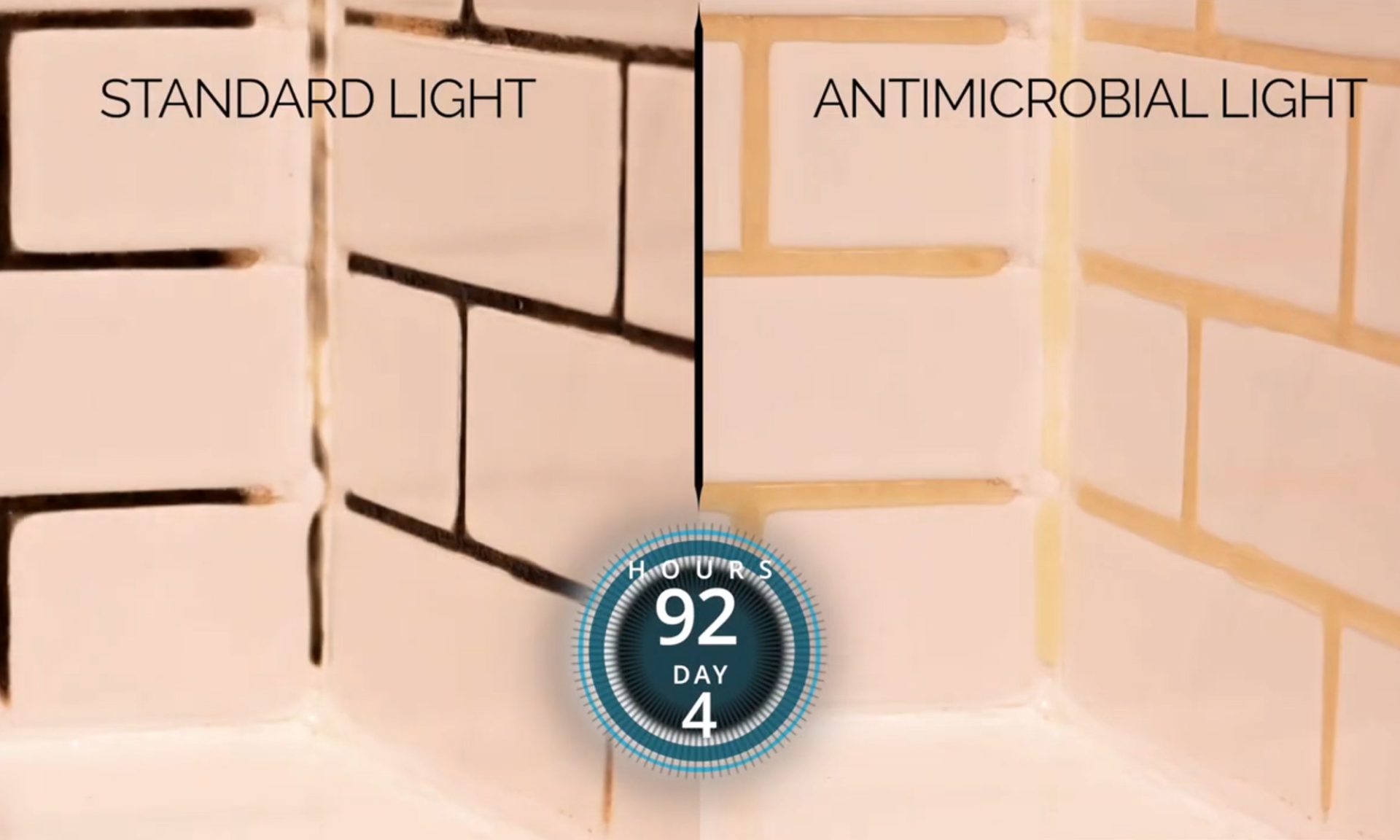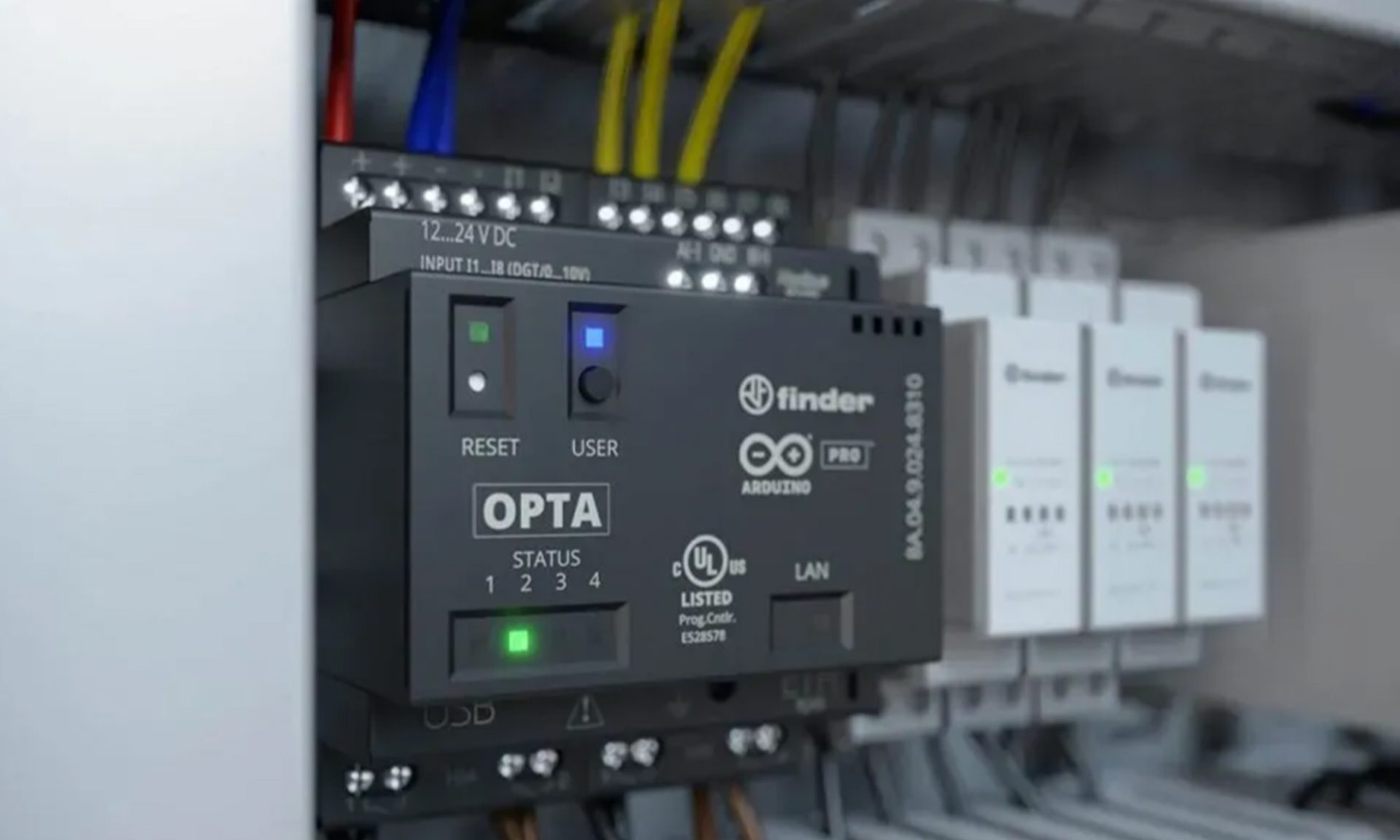Vyv vs. UV-C: A Smarter Way to Keep Spaces Cleaner, Longer
We’ve all seen the headlines: hospitals deploying UV-C robots, schools increasing cleaning protocols, and businesses investing in new technologies to keep germs at bay. But while UV-C disinfection has proven effective, it’s far from perfect—it’s not built for everyday, continuous use around people.
Enter Vyv’s visible light technology, a smarter and safer antimicrobial lighting solution that works 24/7 in occupied spaces—without UV, and without compromise.

UV-C Gets the Job Done, When the Room’s Empty
Ultraviolet (UV-C) disinfection uses a powerful 200–280nm wavelength that destroys microorganisms by breaking down their DNA. It’s been widely adopted in healthcare and other critical sectors.
For example (CBC News):
- Fraser Health has used 16 UV-C disinfection robots to clean over 62,000 rooms across various hospitals.
- Vancouver Coastal Health has deployed UV-C robots at 11 sites across four regional hospitals.
These systems emit short bursts of UV-C light, disinfecting patient rooms in as little as 20 minutes—but only when no one is inside.
While effective, there are limitations:
- UV-C light can be harmful to people with prolonged exposure
- It can cause the breakdown of plastics, rubber, insulation, and fabrics
- It interrupts workflow, requiring scheduled downtime for a rooms that requires disinfection

Vyv Lights Work When and Where UV-C Can’t
Unlike UV-C systems, Vyv’s patented technology operates in the visible light spectrum (400–420nm). That means it’s completely safe for people, and it can run continuously in high-traffic spaces without disruption.
Rather than damaging DNA, Vyv targets porphyrin molecules found only in microbes. When exposed to Vyv’s specific wavelength, these molecules generate Reactive Oxygen Species (ROS) that destroy the microbes from the inside out—no chemicals, no UV, no downtime.
That’s what sets Vyv apart:
- Continuous disinfection, even in occupied rooms
- No harmful effects on people, pets, or materials
- Can be installed anywhere—from elevators to aircraft
To see the full list of bacteria, viruses, and fungi Vyv is proven to kill, click here.

Tested Across Sectors: Vyv in the Real World
Vyv has been tested and validated across healthcare, commercial, and transportation settings:
- Healthcare:
- Proven to reduce clinically relevant organisms like MRSA, S. Pyrogenes, E. coli, and C. diff
- NYS Department of Health recorded up to 99.99% reduction on MRSA, S. Pyrogenes and E. coli and a 99% reduction on C.diff spores
- Offices:
- Achieved a 92.4% reduction in surface contamination in active workspaces
- Schools:
- Delivered a 99.6% reduction during active use
- Elevators:
- Reduced contamination by 99.99% in just 20 days, with elevator buttons being touched up to 1,000 times per day
- Airlines:
- Delta Air Lines installed Vyv lights above lavatory counters in its 757-200 fleet back in 2020 to ensure constant surface sanitation without interrupting service
Designed to Complement, Not Replace
Vyv isn’t a replacement for manual cleaning—it’s a powerful partner. Traditional cleaning methods can miss nearly 68% of surface contaminants*. Vyv fills in the gaps, working quietly in the background to provide ongoing surface protection between cleanings.
It’s about building layered defences. The more tools you have, the safer your space becomes.
*2013- Methods for assessing the adequacy of practice and improving room disinfection
Philip Carling MD – Department of Medicine, Boston University School of Medicine, Boston, MA; Department of Infectious Diseases, Carney Hospital, Boston, MA

Let’s Create Cleaner Spaces—Together
Vyv’s antimicrobial lighting is redefining what’s possible in continuous disinfection. It’s safer, smarter, and scientifically proven.
Want to see it in action? Watch our video to explore the science, safety, and real-world impact of Vyv.
Ready to take the next step? Connect with a Mac’s II Agencies healthcare lighting expert today. With a reflected ceiling plan or floor plan, we can help determine the right fixture types and placements to maximize Vyv’s effectiveness in your facility.
Let’s work together to create cleaner, healthier environments—day and night.
Disclaimer
Canada: When installed according to the user manual and used continuously as a supplement to regular cleaning practices, Vyv Antimicrobial Light reduces the amount of bacteria on hard non-porous surfaces.
United States: Testing on a non-enveloped virus (MS2 bacteriophage) showed a 97.12% reduction in controlled laboratory testing in 8 hours on hard surfaces. Testing on SARS-CoV-2 (enveloped virus) showed a 96.76% reduction in controlled laboratory testing in 8 hours on hard surfaces. Testing on MRSA and E. coli showed 90%+ reduction in controlled laboratory testing in 24 hours on hard surfaces. Results may vary depending on the amount of light that is reaching the surfaces in the space where the product is installed and the length of time of exposure. Use of Vyv antimicrobial light is not intended to replace manual cleaning and disinfection practices.



